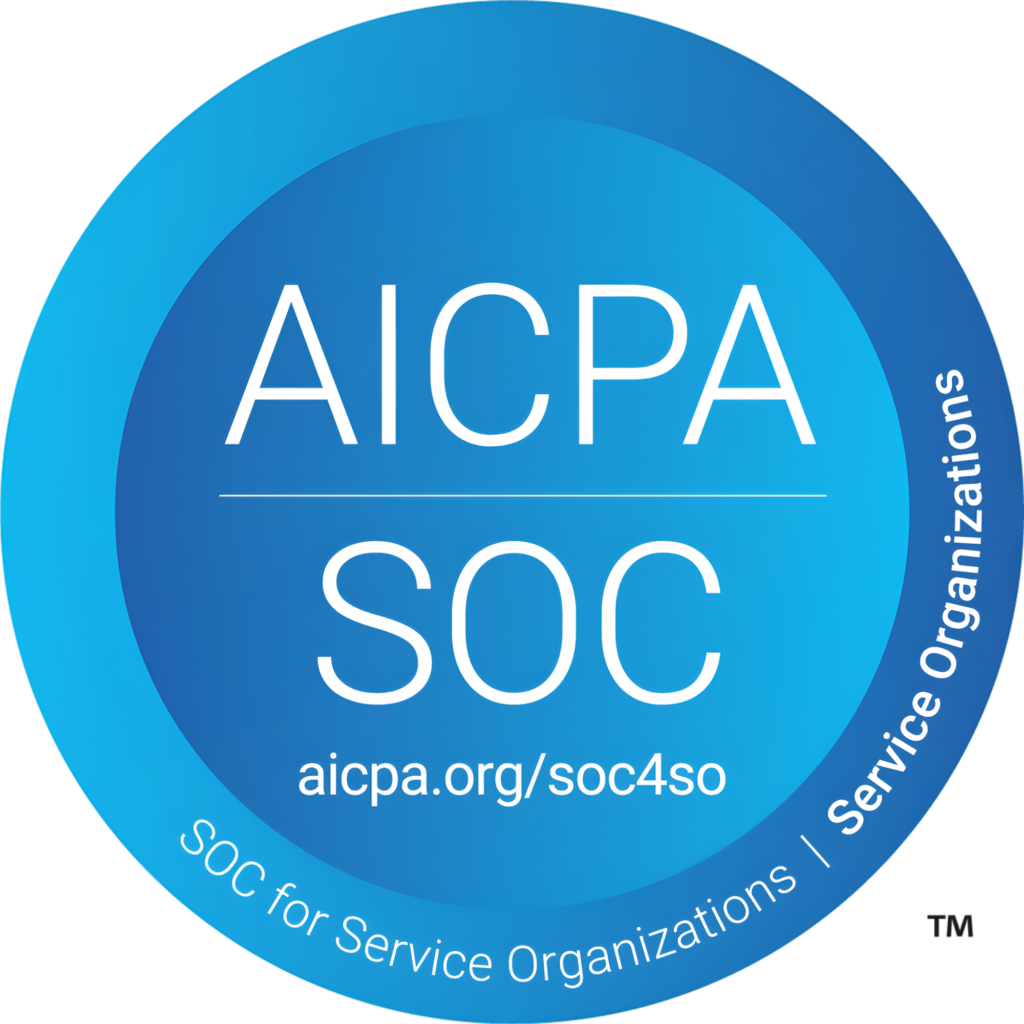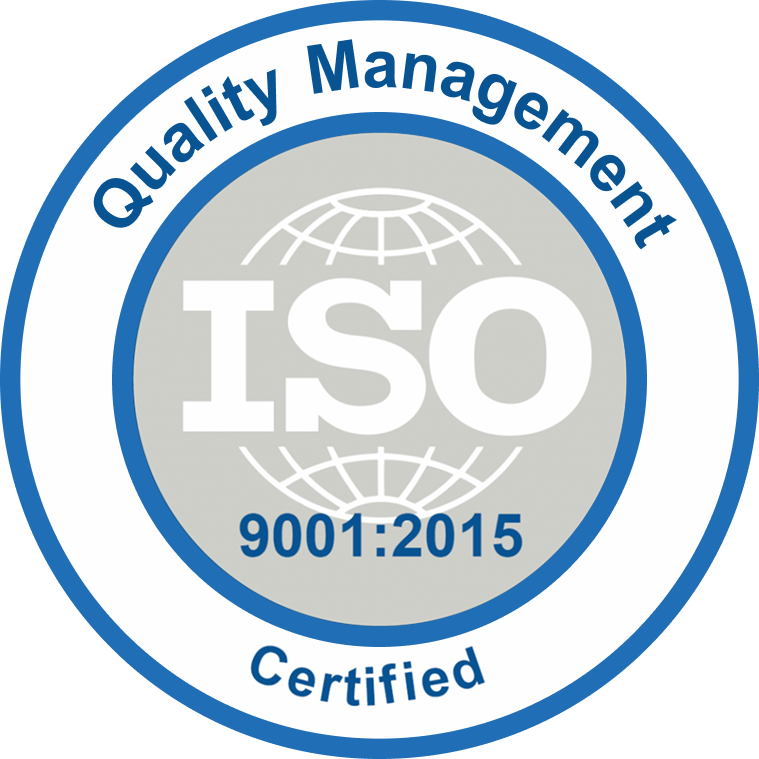Content Migration is a point of concern for any organization who wish to update their content. Irrespective of the circumstances on which the migration depends, the first step that needs to be taken is the clear understanding of the extent of any company’s content migration project, which would ensure the timely completion of the migration and give way for launch at the projected time frame.
Migration, that is executed manually, has its own set of disadvantages and limitations that demands elimination in the present fast evolving technological picture. It is very important to understand the challenges that are often associated with manual migration, which makes the entire task much hectic, time-consuming and error-prone.
There are various factors that can be associated with pointers to understand the scenario with better clarity. Earlier, techies’ didn’t have much of a choice when it came to migration to opt between manual methods or go automated when the scenario was to migrate from IBM Connections to SharePoint.
Continue Reading
When it comes to versioning of content, moving it from one CMS to the other is definitely a tedious task if tried manually. The entire process becomes much more convenient if executed through a tool. One another inevitable disadvantage of manual migration is to identify the entire amount of content available followed by migrating the ones that demand segregation and leaving out the ones that seem unnecessary. Again, this scenario calls for an automated tool that would simplify this complex task. Maintaining the date and time, specific to the creation of all content is an impossible initiative to be done manually. Also, it is impossible to edit the name/date of the content creator if needed in the migrated version, when done manually.
If we consider the time factor, manual migration consumes a lot of time. The time involved in manual content migration again entirely depends on human capacity. There are some more additional factors that need to be taken into account like speed, accuracy and content volume. It is very important that the content that gets migrated should be accurate and this factor solely depends on the person involved in the process. The personal and mental abilities of the person are directly responsible for the execution of migration, which is expected to happen without any data loss. In case of human intervention, 100 percent accuracy and zero data loss is a situation that is not possible all the time and errors are inevitable. When the actual process of migration is rolled out, there arise various scenarios, especially when it is about the migration of embedded content. It is very likely that during this process some of the content features would get missed out leading to data loss.
Speed is one another factor that plays a major role. The speed that is expected in the entire process has to be fast and uniform throughout. Given the fact that manual migration is done by humans, it cannot be negated that an active brain would not function effectively for more than eight hours at a stretch keeping in sync both speed and association of brain and mind. Migration usually involves the transfer of voluminous data or content and manual migration implies engagement of a large number of the dedicated human workforce working in the same frequency. It should be noted that the percentage of accuracy and error-free migration is inversely proportional to the increase in engagement of human workforce. The more the humans are involved, there is an increase in the chance of mistakes, data loss, and a decrease in accuracy.
Last but not the least the finance to comes into play in the migration process. The cost involved in the process is interdependent on various factors. When we talk about manual migration, it demands a bigger team of humans, which indicates increased infrastructure and other related unavoidable expense leading to increase in migration cost.
We can thus deduce after evaluating all the above-discussed disadvantages of manual migration that it is not a recommended process demanding smooth approval. Automated migration tools like AVAMGRATRON that can be programmed to execute the process in a scheduled manner migrating content from source to target without the involvement of data loss and time is the suggested need of the hour.

